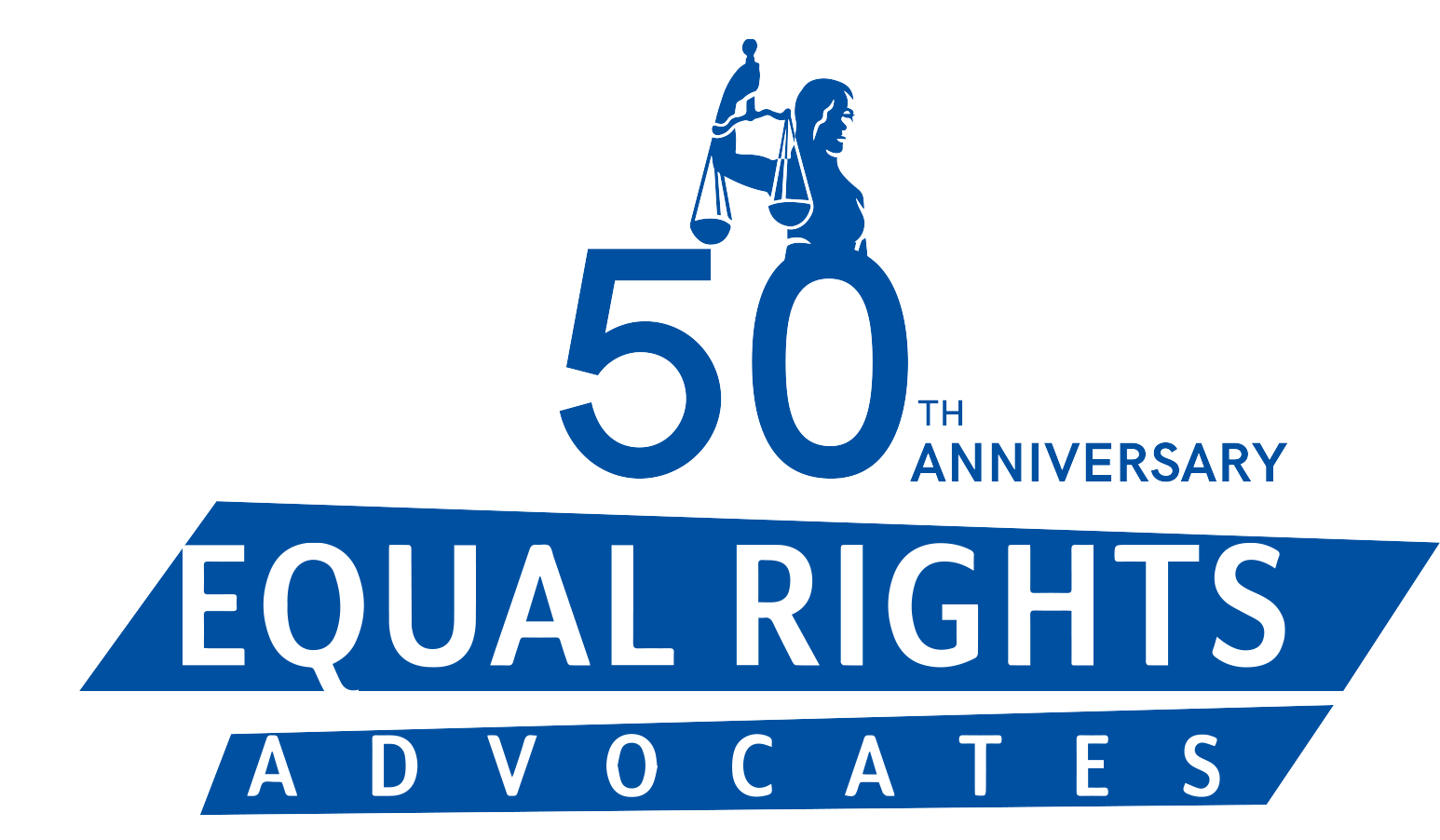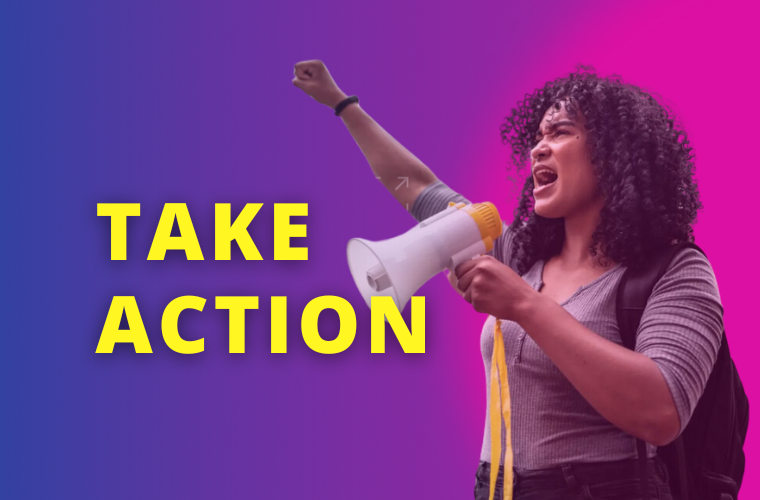

What is Hazard Pay, and Why Do We Need It During COVID-19?
In the age of COVID-19, elected officials are deciding how to respond and provide relief to their communities. One response has been to implement policies to compensate workers in frontline and hazardous jobs. With over 80 different proposals across the country, hazard pay initiatives illustrate nuances in state and local control, as well as differences in who is included in relief efforts and, most importantly, who is left out. As is evident with these hazard pay proposals, the COVID-19 pandemic has exposed new and existing structural inequities in the workplace.
What is hazard pay?
Hazard pay, as defined by the U.S. Department of Labor, is “additional pay for performing hazardous duty or work involving physical hardship.” In the context of a pandemic, hazard pay policies may apply to employees who work in unsafe conditions, interact more frequently with the greater public, or who are at higher risk of contracting COVID-19 during their normal course of work. Under these measures, such employees are entitled to pay increases, whether that be a one-time stipend, as provided for in Southside, Alabama; a temporary hourly increase, allocated in state policies including Mount Clemens, Michigan; or additional pay in the form of a “Hero’s Recognition Award” as seen in New Haven, Connecticut.
When and where are these being proposed?
Hazard pay plans were rolled out in different states as early as late March, largely in response to stay-at-home orders issued by several state and local governments. As of mid May, 23 states have proposed some variation of hazard pay. Even more prevalent is the introduction of these plans in local municipalities. In addition to the state proposals, many local officials have voted to adopt similar plans for their communities. These examples highlight the multiple avenues elected officials are pursuing to provide relief to their impacted communities more directly.
There is one obvious gap in these hazard pay plans. Undocumented immigrants who serve as frontline workers have been left out of government aid and economic relief plans.
Who do these plans cover?
The vast majority of these proposals apply to first responders and frontline workers. First responders include 911 operators, paramedics, firefighters and police officers. Frontline workers are generally identified as healthcare workers, or critical infrastructure staff who cannot work from home. Although these definitions remain relatively consistent throughout the states, it is important to acknowledge key differences in who receives hazard pay.
For example, in Maine, frontline workers are defined as mental health workers and correctional officers. And in Massachusetts, under pending legislation HD-5031, only licensed healthcare providers will receive pay increases. U.S. labor laws only specify that hazard pay be allotted to employees undertaking hazardous tasks. Discretion on definitions and payment plans is largely left to individual states, cities, and localities. We must understand this caveat when analyzing COVID-19 relief efforts across the country.
What does this tell us about COVID-19 relief and how communities are being cared for in the time of crisis? In other words, who is being left out?
There is one obvious gap in these hazard pay plans. We know that many communities are being hit hard by the pandemic, especially historically marginalized communities. In particular, undocumented immigrants who serve as frontline workers are often left out of government aid and economic relief plans. Additionally, most of these plans cover full-time workers, exempting part-time employees. And, although hazard pay to frontline workers and first responders is critical to keeping communities safe and healthy, other classes of essential workers who put themselves in harm’s way everyday are not receiving pay increases at their jobs.
This gap points to deeper inequities present in COVID-19 relief efforts. Communities of color, low-paid workers and undocumented immigrants are the hardest hit by this crisis. And yet, they are receiving the least support. Federal and state aid often fails to address the racial and economic disparities of this pandemic. Among the most impacted are women of color, who make up a majority of the low-wage labor force. The food service industry, for instance, is one sector that is heavily employed by women of color and has seen massive unemployment during this time. These workers are not included in hazard pay proposals. This pandemic is uniquely affecting women of color, undocumented workers and their families while simultaneously perpetuating systemic inequities.
Where do we go from here?
This moment represents an opportunity to move forward with greater inclusivity, reciprocity and representation that is modeled in anti-racist policy and actively championed in our state and local politics. We must urge lawmakers to center those most impacted by this crisis, specifically undocumented workers and people of color. To begin adequately addressing the needs of workers and families, we must acknowledge these inequities, examine these issues on a deeper level and craft policy recommendations that truly respond to all of our communities. Equal Rights Advocates is tracking these emerging legislative trends on our Policy Hub. You can also access COVID-related resources on our website. As this crisis continues to impact our communities, our advocacy efforts and direct services will persist.
As part of the Stronger California Advocates Network, Equal Rights Advocates is supporting several policies at the state level that aim to support and protect workers during the pandemic. These include:
- AB 2999, which guarantees 10 days of job-protected bereavement leave for employees, ensuring security for workers whose family is directly impacted by COVID
- AB 3216, which makes leave easier to access during an emergency and provides a right of recall and retention for workers who have been laid off in the heavily COVID-impacted industries;
- SB 1257, which would eliminate the exclusion of domestic workers in California’s OSHA (Occupational Safety & Hazard Act) to guarantee safety protections for all domestic workers during current and future health crises;
- SB 1383 ensures that all working Californians can receive Paid Family Leave, a 100% worker funded benefit, to care for themselves, a new child, or a seriously ill family member without fear of losing their job.
ERA will continue to advocate for equitable policies at the state legislature. You can join our advocacy efforts by joining our Action Team email list, and be sure to follow us on Twitter and Instagram.
Stay Connected & Take Action
- Get the Latest News & Information Sign up for Email Updates
- Sign Up for Action Alerts Join the Action Team
- Follow Us


